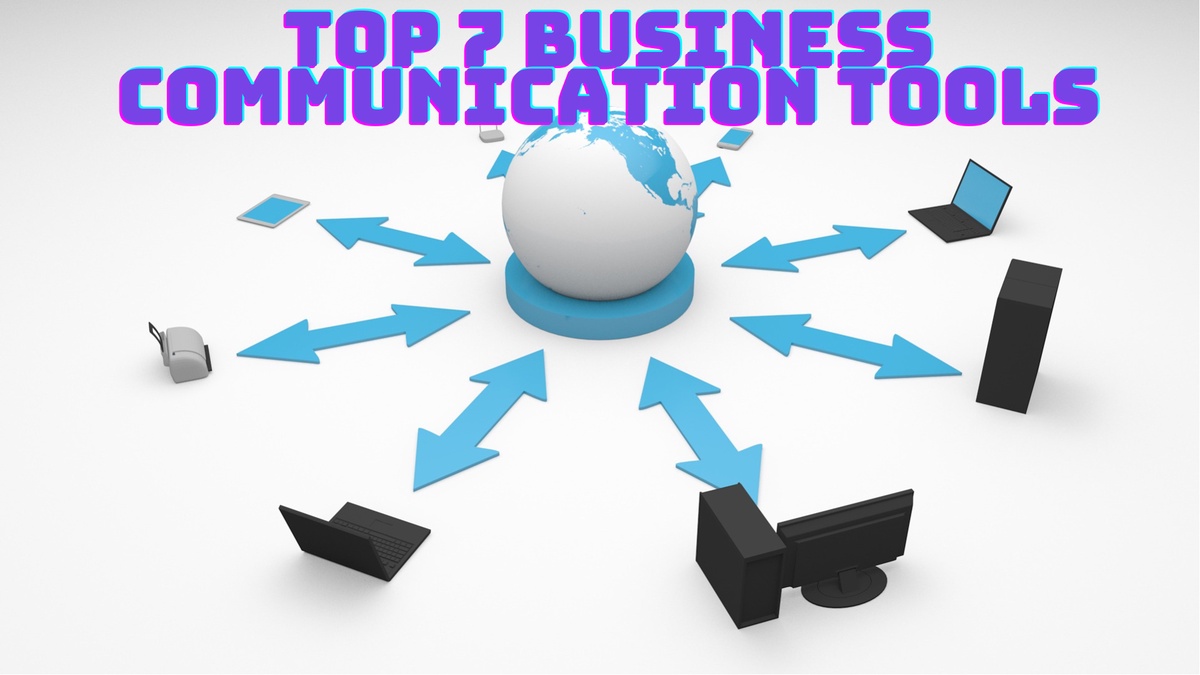Introduction:
Effective communication is the cornerstone of any successful business. In today's fast-paced, interconnected world, businesses rely on a range of communication tools to connect with team members, clients, and partners. In this article, we will explore a variety of essential business communication tools that can streamline your operations, improve collaboration, and boost productivity. From real-time messaging apps to video conferencing platforms, let's delve into the world of business communications tools.
"Elevate Communication with Cloud Video Conferencing Solutions"
Top 7 Business Communication Tools
-
Real-Time Messaging Apps: Real-time messaging apps have revolutionized the way businesses communicate internally. Tools like Slack, Microsoft Teams, and Google Chat enable instant messaging, file sharing, and collaboration in a single platform. With dedicated channels, direct messaging, and integrated file sharing, these apps facilitate seamless team communication, ensuring everyone stays connected and informed.
-
Video Conferencing Platforms: Video conferencing has become an indispensable part of business communication, particularly with the rise of remote work. Platforms such as Zoom, Microsoft Teams, and Cisco Webex enable face-to-face virtual meetings, regardless of geographic location. These tools provide features like screen sharing, chat options, and recording capabilities, enabling teams to collaborate effectively and hold virtual conferences with clients and partners.
-
Project Management Software: To streamline communication within teams and manage projects efficiently, project management tools like Asana, Trello, and Basecamp come to the rescue. These platforms offer task assignments, progress tracking, and team collaboration features, ensuring everyone stays on the same page. By centralizing project-related discussions, documents, and updates, project management software minimizes communication gaps and enhances productivity.
-
Email and Collaboration Suites: Email remains a fundamental tool for formal communication in the business world. Platforms like Gmail, Outlook, and Yahoo Mail offer intuitive interfaces, powerful search functions, and seamless integration with other business tools. Collaboration suites such as Google Workspace and Microsoft 365 provide email, document sharing, and real-time collaboration features, making it easy for teams to work together on projects.
-
Voice over Internet Protocol (VoIP) Systems: VoIP systems have replaced traditional phone lines, offering cost-effective and feature-rich communication solutions. Tools like RingCentral, 8x8, and Vonage provide voice, video, and conference calling capabilities over the Internet. VoIP systems often come with advanced features such as call forwarding, auto-attendant, and voicemail transcription, enhancing overall communication efficiency.
-
File Sharing and Cloud Storage: Efficient file sharing and cloud storage tools are crucial for seamless collaboration and document management. Services like Dropbox, Google Drive, and OneDrive allow teams to store, share, and access files from any device. These platforms offer granular permissions, version control, and file synchronization, enabling real-time collaboration on documents, presentations, and spreadsheets.
-
Customer Relationship Management (CRM) Systems: CRM systems help businesses manage customer interactions and relationships. Tools like Salesforce, HubSpot, and Zoho CRM provide a centralized database for customer information, sales pipeline tracking, and communication history. CRM systems streamline communication with prospects and customers, ensuring personalized interactions and improved customer satisfaction.
Conclusion:
Effective business communication is the key to success in today's competitive landscape. By leveraging a range of communication tools, businesses can enhance collaboration, streamline operations, and boost productivity. From real-time messaging apps to video conferencing platforms, project management software to CRM systems, each tool serves a unique purpose in facilitating efficient communication. By adopting these essential tools, businesses can stay connected, foster collaboration, and thrive in the modern business world.
Also, you can go through this blog for Business Phone Solutions that would help your business needs.


No comments yet